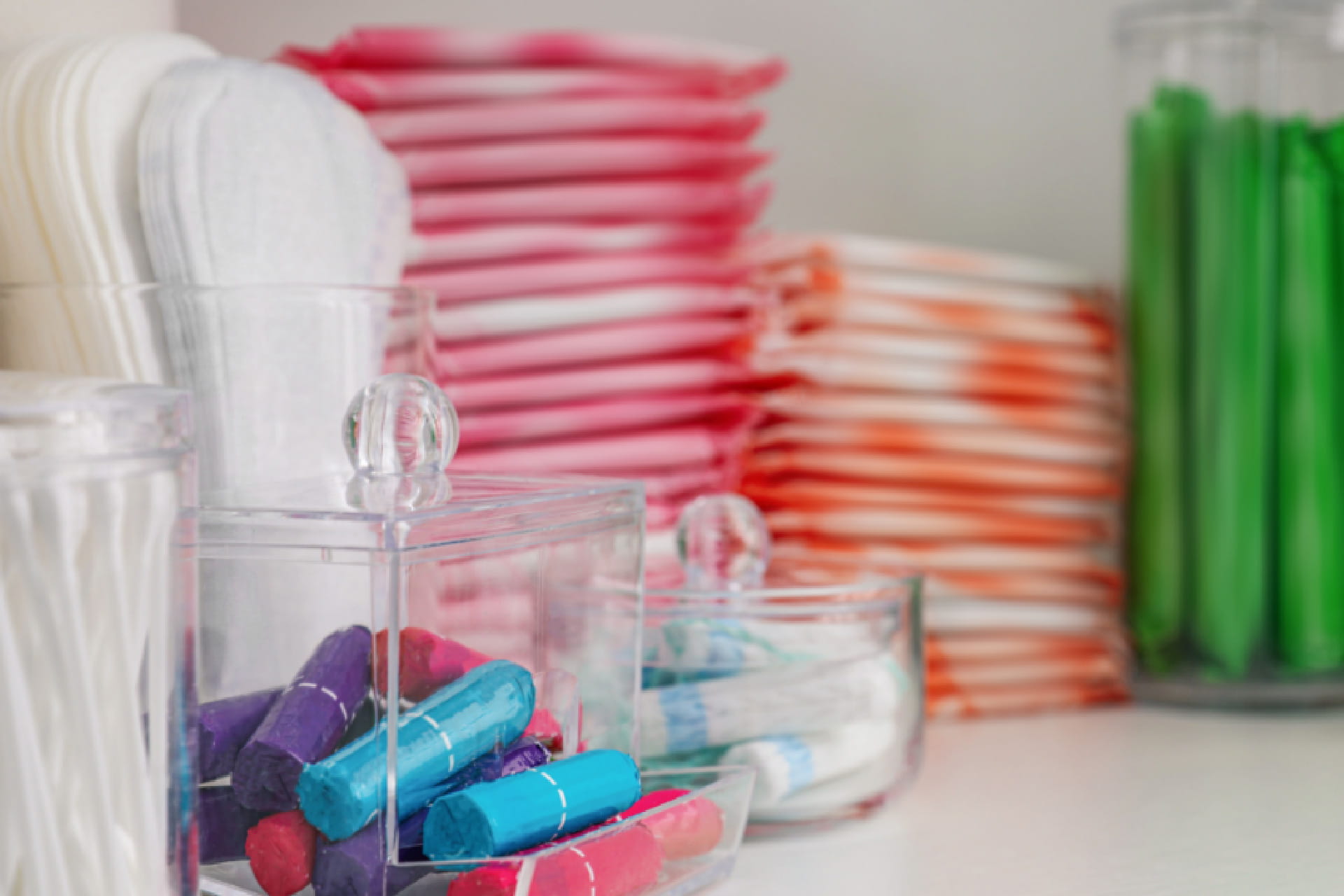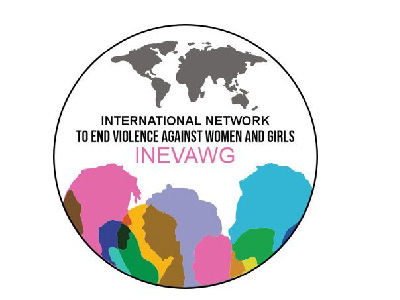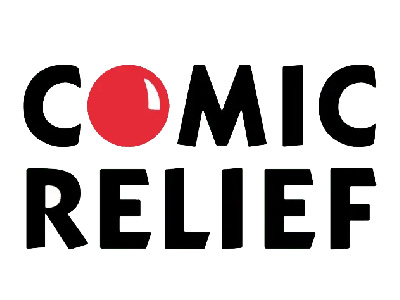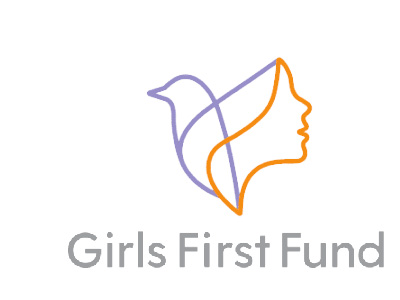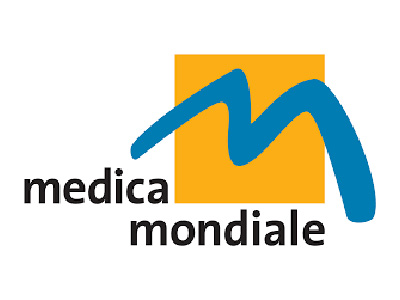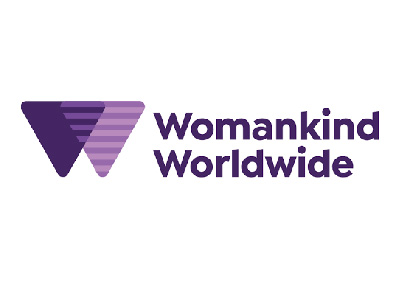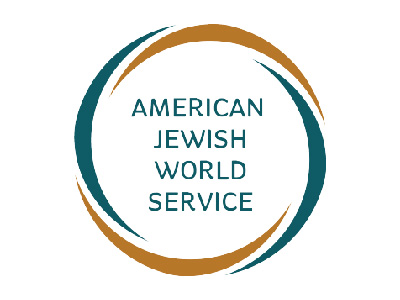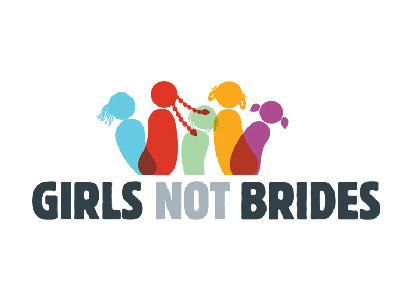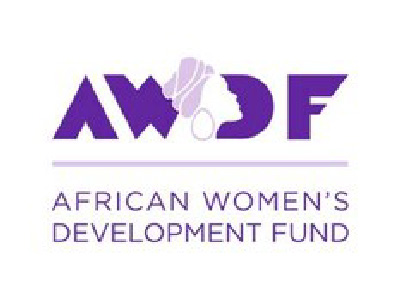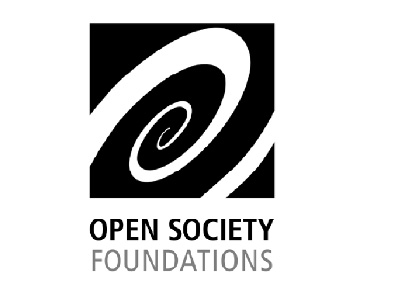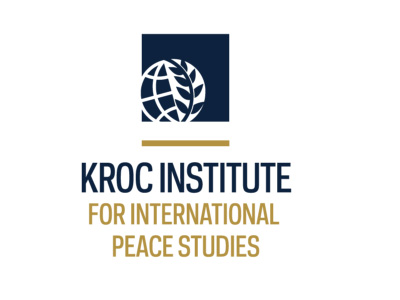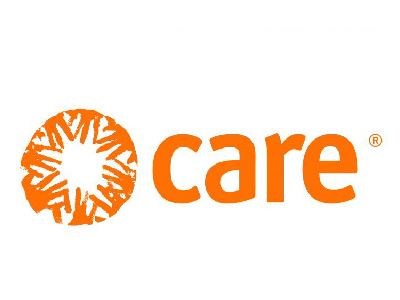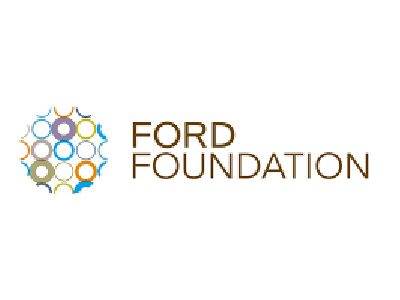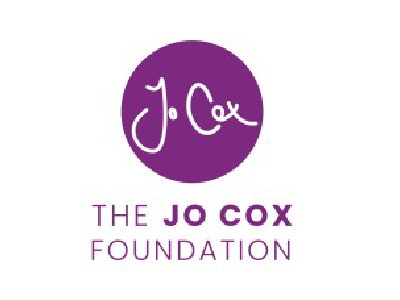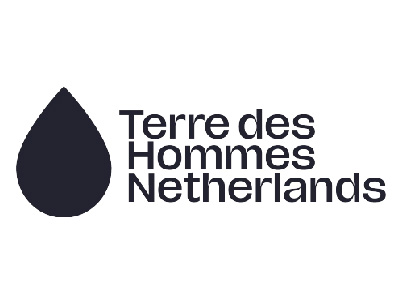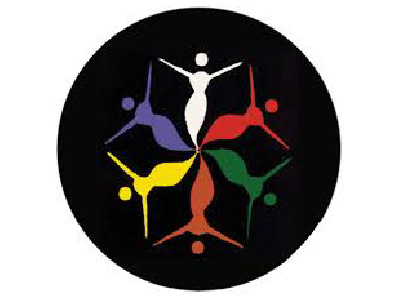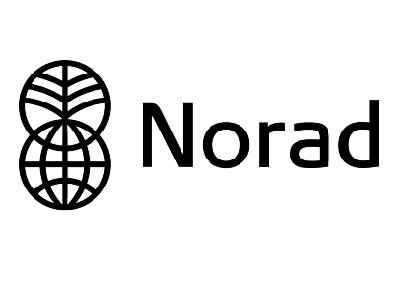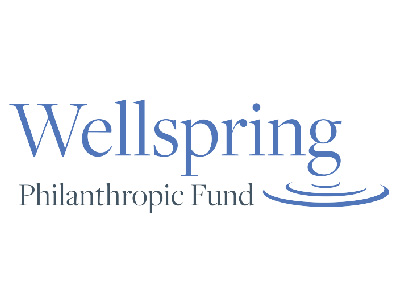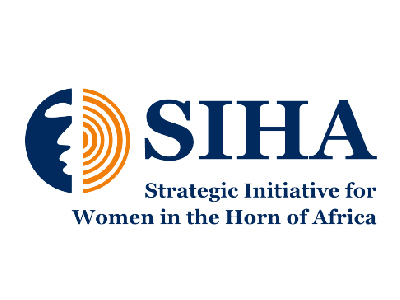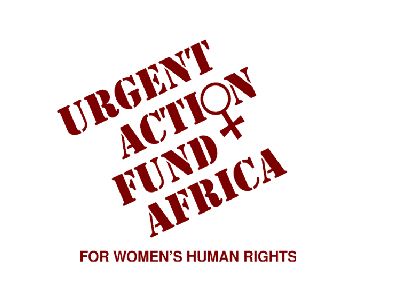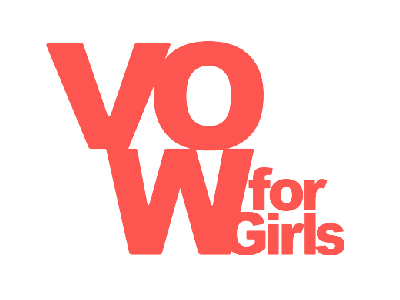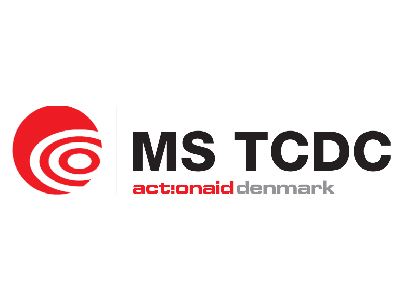Addressing Menstrual Hygiene Problems among Adolescent Girls and Young Women
Menstrual Hygiene Management (MHM) is a significant public health issue that directly affects the health, education, and overall well-being of adolescent girls and young women in Uganda. Despite its importance, menstrual hygiene remains a neglected area in many places. Addressing this multifaceted challenge requires a comprehensive and sustained approach that involves various stakeholders, including governments, non-governmental organizations (NGOs), communities, schools, and even the private sector.
Key Challenges in Menstrual Hygiene Management
One of the primary challenges in MHM is the lack of access to sanitary products. Many girls and young women cannot afford appropriate menstrual products, leading them to use unhygienic alternatives. This situation puts them at risk of infections and diseases. Poor menstrual hygiene has been linked to various health issues, including urinary tract infections and other complications.The lack of clean facilities exacerbates these risks. Schools and public places frequently lack adequate sanitation facilities, such as clean and private toilets with running water and disposal points for menstrual waste. This inadequacy forces many girls to miss school during their periods, impacting their education, health, self-esteem, and future opportunities.
The Importance of Menstrual Hygiene Management
As we celebrate International Menstrual Hygiene Management Day, it’s critical to address and prioritize the issues and challenges that adolescent girls and young women face in managing their periods. Prioritizing menstrual hygiene problems is essential for promoting the good health and well-being of adolescent girls and young women (SDG 3).Strategies for Addressing Menstrual Hygiene Challenges
Addressing this major risk will require comprehensive and sustained collaborative efforts. Here are key strategies to consider: Invest in Gender-Sensitive Sanitation Facilities: Governments and NGOs should work together to invest in gender-sensitive sanitation facilities in schools and public places. These facilities should include clean, private toilets, running water, and proper disposal points for menstrual waste. Ensuring these facilities are available and maintained will help keep girls in school during their periods and support them in managing their periods with dignity.Provide Free or Subsidized Sanitary Products: To support the health and well-being of adolescent girls and young women, it is crucial to provide free or subsidized sanitary products. Additionally, taxes on sanitary products should be reduced or removed altogether.
Conclusion
Addressing menstrual hygiene problems among adolescent girls and young women should be a priority if we are to promote their good health and well-being. By investing in proper sanitation facilities and ensuring access to affordable menstrual products, we can help girls manage their periods with dignity, stay in school, and seize their future opportunities.Written by Hope Atim, Advocacy Officer, MEMPROW


